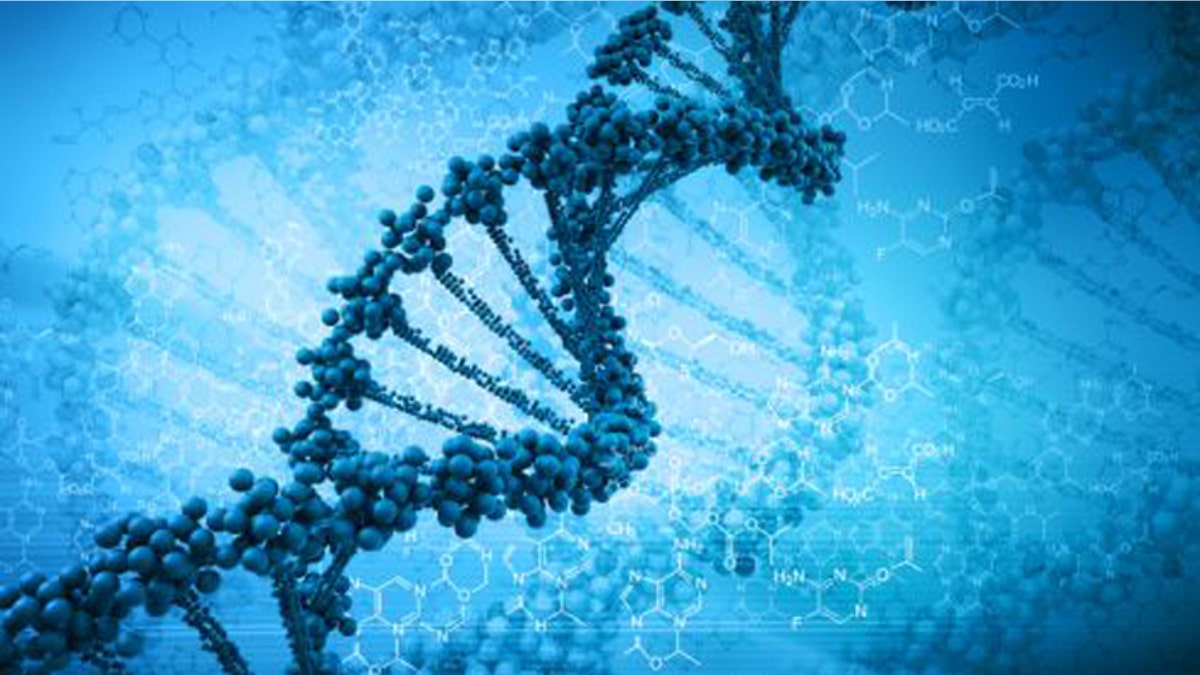
Scientists have used a genome-editing technique to cure mice of an inherited liver disease, raising the prospect that similar clinical trials on humans could begin within a few years.
Britain's Independent reports that the scientists at MIT used a technology called Crispr, which allows them to alter DNA at specific points of the chromosomes of animals or plants. The researchers altered a single "letter" of the genetic alphabet that had been mutated in a gene involved in liver metabolism.
The paper reports that the equivalent liver disease is caused in humans by a similar mutation in the same gene. The word "letters" in this case refers to the 3 billion "base pairs" of the DNA molecule. Correcting a single base pair, as the MIT scientists did to cure the mice, requires a level of exactitude equivalent to correcting a single word in a dictionary.
One of the biggest obstacles to larger trials in humans is debate over how to deliver the Crispr technique. High-pressure injections, which were used on the mice, are currently thought to be too dangerous to use clinically. However, some scientists are currently on carrying the technology to diseased cells with certain harmless viruses.
"Obviously there would be numerous hurdles before [the Crispr] approach could be used in people," Professor Jennifer Doudna of the University of California-Berkeley told The Independent, "but the simplicity of the approach, and the fact that it worked, really are very exciting."




















